Second Atlas of Breeding Birds in Pennsylvania: A Review by an Atlas Novice
10,000 Birds
APRIL 2, 2013
So, when Corey and Mike asked if I wanted to review the Second Atlas of Breeding Birds in Pennsylvania , I jumped at the chance to write about this unique type of scientific reference book. I was also curious, as a birder of the northeast United States, to see what kind of avian changes have been going on in Pennsylvania.



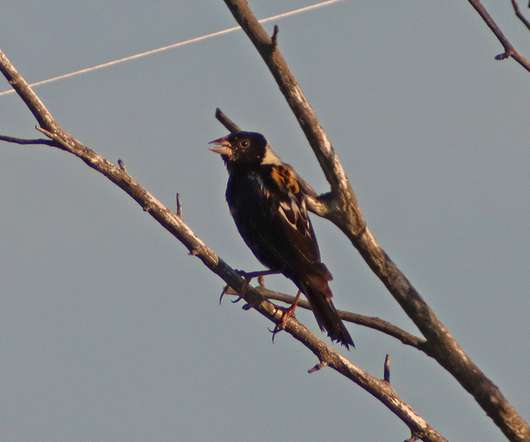


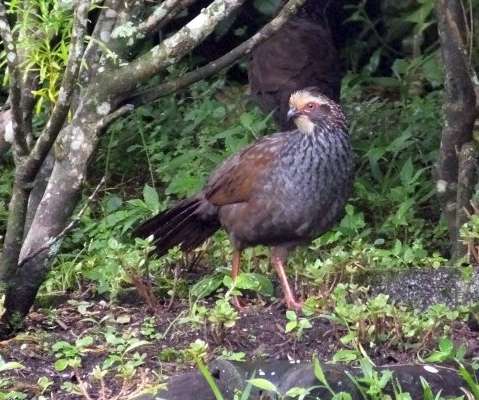
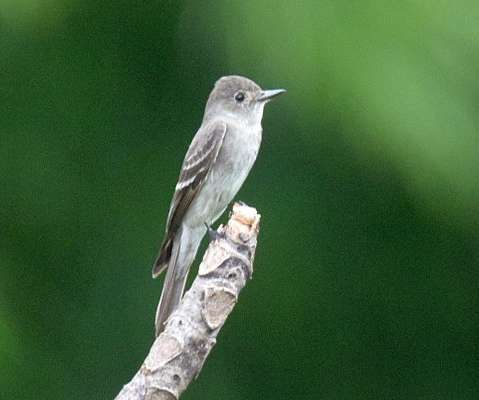
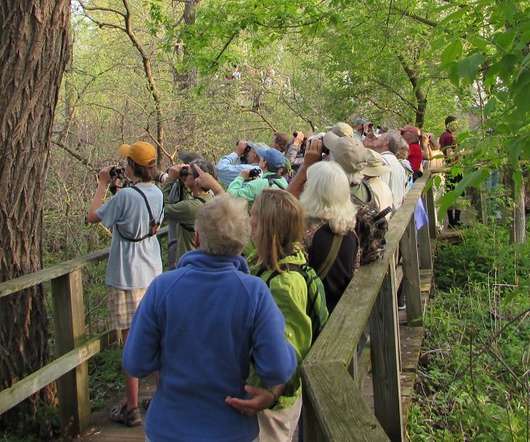












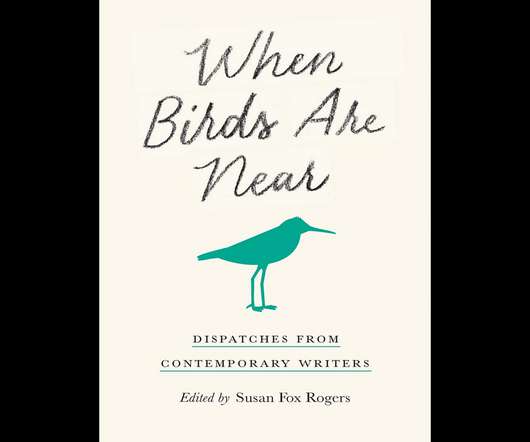
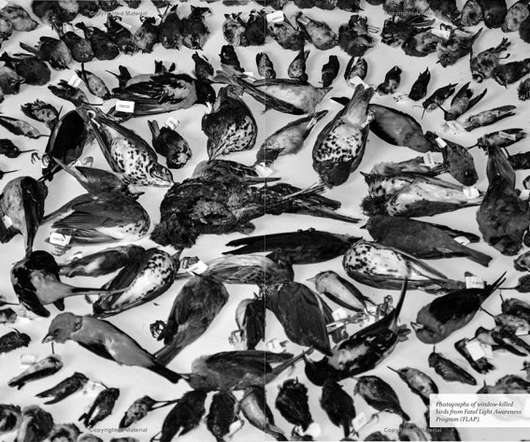






Let's personalize your content